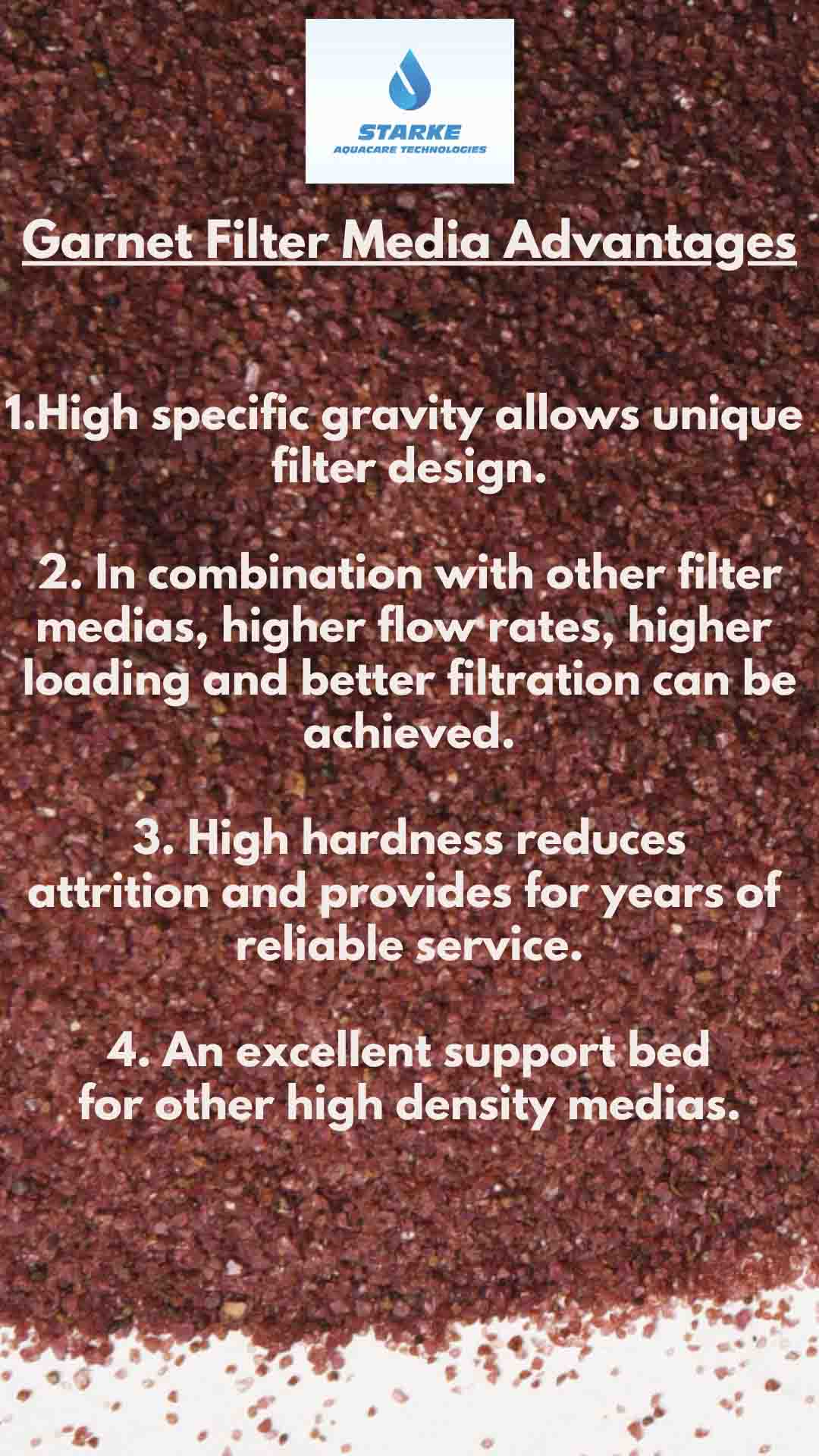Mesh to MM Size Conversion Chart
Mesh sizes of standard wire sieves – British and US standards Mesh Number Nominal aperture size (mm) BS410 ASTM E-11-61 3 5.60 - 3½ 4.75 5.66 4 4.00 4.76 5 3.35 4.00 6 2.80 3.36 7 2.36 2.83 8 2.00 2.38 10 1.70 2.00 12 1.40 1.68 14 1.18 1.41 16 1.00 1.19 18 0.850 1.00 20 - 0.841 22 0.710 - 25 0.600 0.707 30 0.500 0.595 35 0.500 - 36 0.425 - 40 - 0.420 44 0.355 - 45 - 0.354 50 - 0.297 52 0.300 - 60 0.250 0.250 70 - 0.210 72 0.212 - 80 - 0.177 85 0.180 - 100 0.150 0.149 120 0.125 0.125 140 - 0.105 150 0.106 - 170 0.090 0.088 200 0.075 0.074 230 - 0.063 240 0.063 - 270 - 0.053 300 0.053 - 325 - 0.044 400 - 0.037



